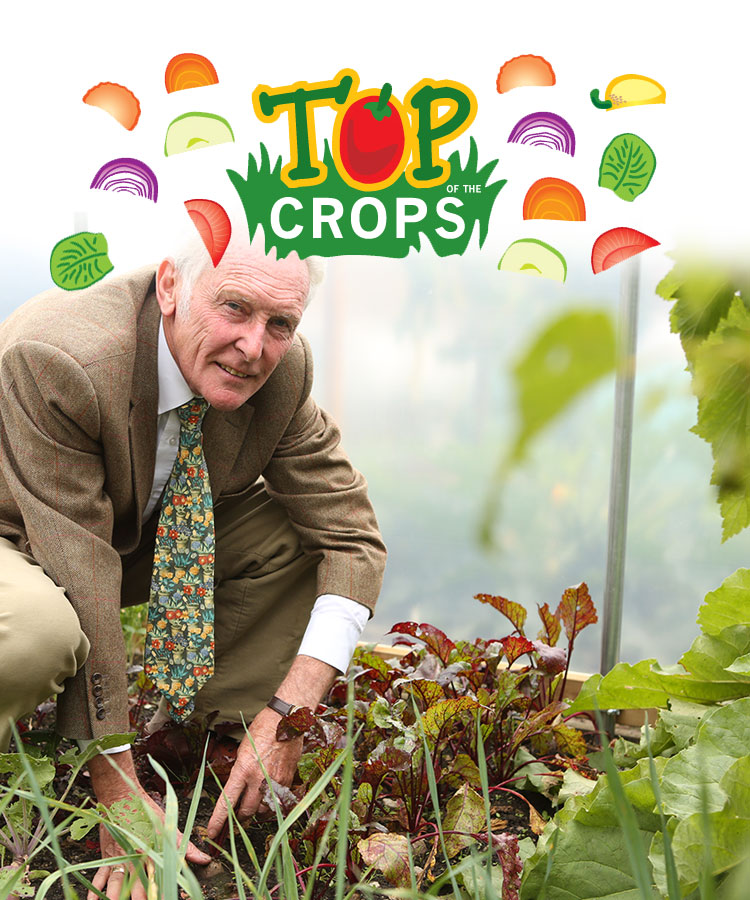Originally grown in coastal regions, beetroot is now a reliable favourite in any kitchen garden. Easy to grow (even if you are a beginner) with an excellent yield, beetroot thrives in moist, well-fertilised conditions and doesn’t attract too many pests. It fares best when sown directly into the ground, but you can also grow beetroot in pots, making it the ideal crop for a wide variety of gardeners and gardens across the country. Though the hardiest varieties are simple to grow, this process is even easier in a polytunnel; follow this guide, and you should find yourself producing delicious and plentiful crops in no time.
Not only is beetroot easy to grow and fertile in its yield, but it is also rich in a wide range of nutrients, including iron, vitamins A and C, calcium, folic acid, and antioxidants. Earthy and subtly sweet in flavour, beetroot can be enjoyed raw in salads or juices, cooked into soups, roasted whole, or grated and baked into chocolate cakes and brownies. Beetroot leaves are also delicious – cook them as you would kale or spinach. Luckily, this crop is ideally suited to polytunnel conditions, so you can easily add it to your home-grown vegetable supply for the year.
Using a polytunnel to grow beetroot will benefit your crop in various ways, helping to ward off most pests and extending the sowing and harvesting periods. In unprotected areas, you can sow beetroot from late March until July, but you can extend the growing period dramatically in a polytunnel. With the added cover and protection, you can sow from the beginning of March to the end of August. You can even leave roots to overwinter, providing you with a ready supply of fresh beetroot throughout November, December, and January.
Beetroot tolerates most soil types and conditions. However, if your garden or polytunnel plot is currently empty, it won’t do any harm to tailor the space to your beetroot crop, for which the ideal soil is light-to-medium and either slightly alkaline or neutral, with good drainage.
When sowing beetroot seeds, bear in mind that each seed is a cluster, which can produce up to three or four seedlings. Avoid over-crowding by leaving plenty of space between seeds.
The seedling stage is critical for growing healthy beetroot; follow these steps to avoid undernourished crops:
Though beetroot is a hardy plant, it can attract some pests and diseases:
Beetroot is particularly prone to bolting (or flowering) when deficient in moisture, nutrients, or space, which can ruin your crop. Avoid this problem by keeping the ground well-watered, laying down plenty of organic matter before sowing, and removing the smaller seedlings if your rows are overcrowded.
Garden birds love beetroot seedlings but planting directly into the ground within your polytunnel should prevent most birds from finding the crop!
Aphids and leaf spot can affect seedlings and young beetroot, too, leading to disfigured crops. Combat aphids by encouraging ladybirds and hoverflies into the polytunnel. A good layer of fertiliser before sowing should be enough to prevent leaf spot.
Leaf miners also feed on young beetroot, producing white tunnels and blisters in the leaves. Look out for evidence of leaf miners in May and remove any affected leaves immediately. Keeping the beetroot under cover in a ventilated polytunnel will offer more protection than in an open garden, however, and should help to prevent most of these issues.
Most beetroot crops are ready when the roots are the same size as a tennis ball or cricket ball. This is typically about three months after sowing but can differ depending on the variety of beetroot you are growing. Do not leave the roots in the ground too long, once they have reached this size, as they may become woody and coarse.
For beetroot sown in July, August, or early autumn, you can leave the roots in the ground to over-winter and dig up on demand. Make sure to put frost-protection in place, using a frost-protection fleece or polytunnel heater, if your winters are especially cold.
Alternatively, harvest these later crops in September or October, and store them in boxes layered with sand. If storing beetroot in this way, you should first twist off the leaves so that only 0.5cm remains. Do not cut off the leaves, as they will bleed and leach moisture away from the roots. Check that none of the roots are damaged before packing away, as damaged roots can rot and ruin any adjacent roots. Keep these boxes in a cool, dark place.
|
Seeds |
|
|
|
Sow |
Harvest First Year |
Subsequent Years |
|
Indoors: March to August |
October to March |
October to March |
|
Outdoors: March to July |
May to October |
May to October |
|
|
||
|
Plants |
||
|
Plant in March |
April and May for young crops, June for mature crops. |
April and May for young crops, June for mature crops. |
Beetroot will thrive in a polytunnel’s moist, warm conditions, and should manage to avoid most pests too. If you are new to beetroot-growing, try a reliable, bolt-resistant variety such as Boltardy. Cheltenham Green Top, identified by its long roots, is another reliable variety, which is ideal for winter storage. Or, if you’re feeling adventurous, you can experiment with Barbabietola di Chioggia, which will produce a beautiful ‘candy cane’ effect when sliced. Whichever variety you choose, beetroot will soon become a new favourite in your polytunnel beds and in your everyday cooking!
